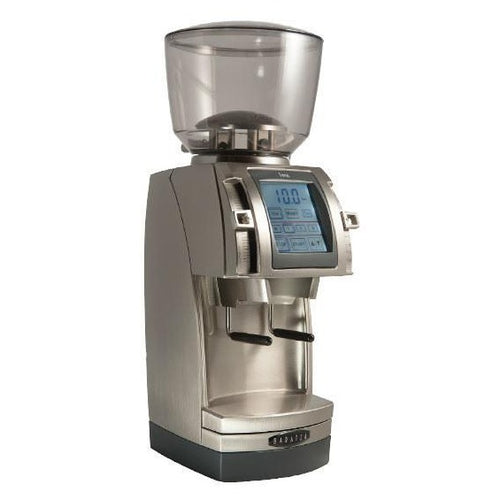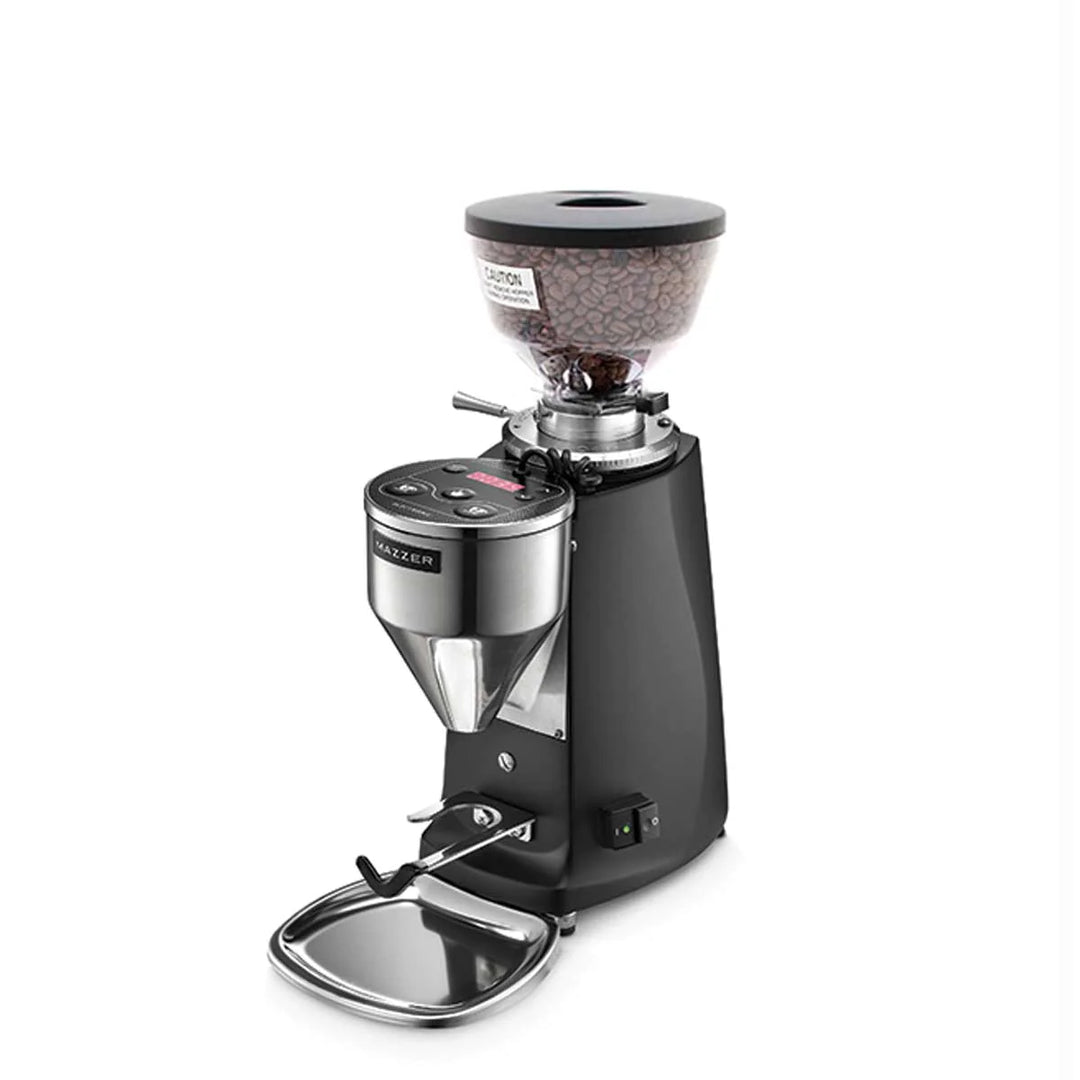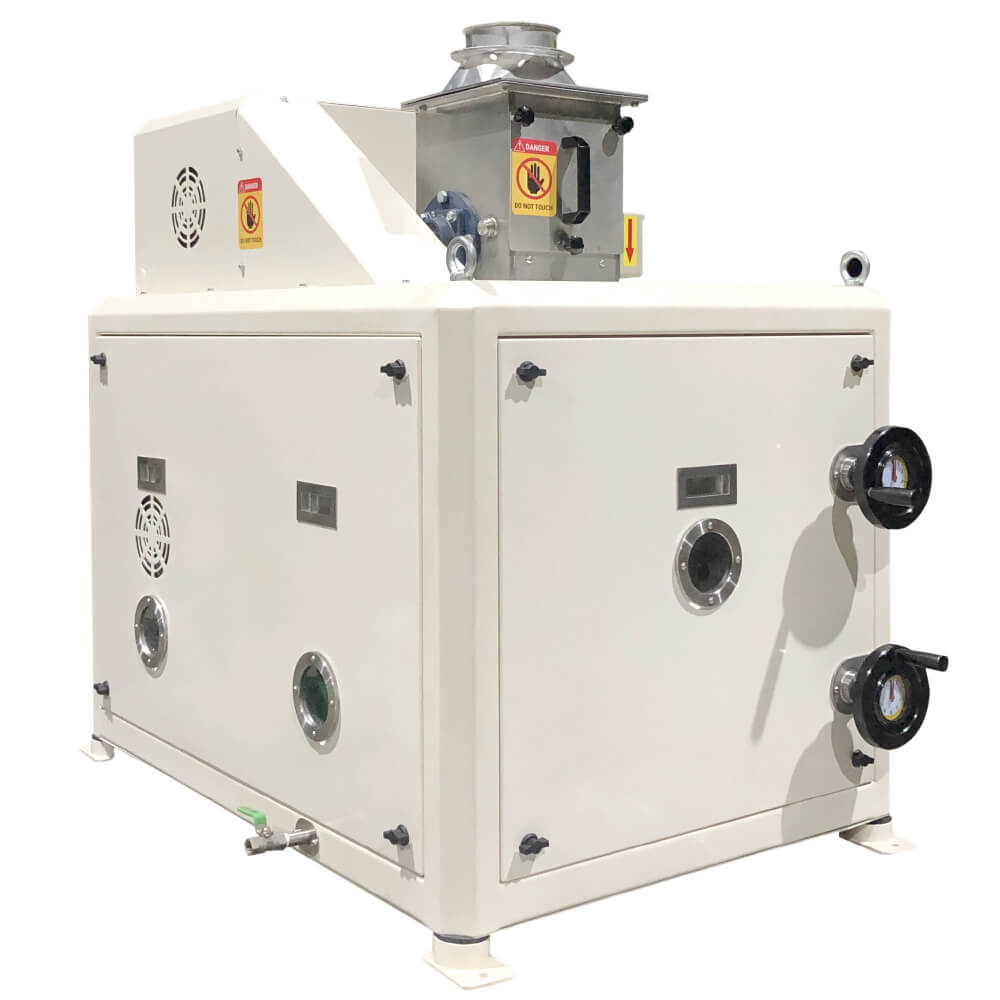Industrial Coffee Grinder vs. Personal Grinder: Key Differences Outlined
Industrial Coffee Grinder vs. Personal Grinder: Key Differences Outlined
Blog Article
Top Attributes to Look for in an Industrial Coffee Grinder
When assessing an industrial coffee mill, it is vital to recognize key attributes that affect both performance and durability. Consistency in grind size is vital for optimal removal, while flexible grinding rate permits for an equilibrium between efficiency and top quality.
Grind Dimension Uniformity
While numerous elements can affect the quality of brewed coffee, grind size uniformity continues to be critical in attaining ideal extraction. The uniformity of coffee grounds directly impacts the developing process, as irregular bit dimensions can result in over-extraction or under-extraction. This incongruity results in imbalanced tastes, where certain notes might be overpowering while others are silenced.
Industrial coffee grinders are created to supply a high degree of precision, typically employing burr grinding devices to make certain a consistent grind size. Unlike blade grinders, which can develop a mix of fine and rugged bits, burr grinders squash the beans in between 2 surfaces, permitting for much better control over work dimension. This uniformity is essential across different developing techniques, whether espresso, French press, or pour-over, as each method needs particular grind dimensions for optimum flavor removal.
Moreover, consistency in work size adds to the overall efficiency of the developing procedure. A consistent grind allows for even water flow, minimizing the danger of carrying and enhancing extraction effectiveness. In summary, buying a commercial coffee grinder with a concentrate on work size consistency is necessary for accomplishing premium coffee with preferable flavor profiles.
Grinding Speed
Grinding speed plays a crucial duty in the general efficiency of commercial coffee grinders, straight affecting both the quality of the work and the efficiency of the procedure. Industrial Coffee Grinder. Greater grinding speeds can substantially boost the throughput, making it feasible to process bigger amounts of coffee beans in a shorter timespan. This is particularly crucial for organizations that rely upon high-volume production, such as coffee roasteries and cafes
Nevertheless, while speed is essential, it is similarly important to balance it with the high quality of the work. Excessively high grinding rates can produce warm, which might adversely impact the taste account of the coffee by causing the beans to shed crucial oils and aromas. A grinder that supplies adjustable rate setups can supply ideal flexibility, enabling drivers to customize the grinding procedure according to particular needs.
Furthermore, the grinding speed must correspond to make certain harmony in the work dimension, more adding to the general preference and developing top quality of the coffee. In recap, examining grinding speed is crucial for choosing a commercial coffee mill that meets both efficiency and high quality needs.
Build High Quality and Longevity
The efficiency of an industrial coffee mill is not exclusively figured out by its grinding speed; construct top quality and resilience are similarly important variables that affect long-term performance and dependability. A well-constructed grinder will certainly endure the rigors of daily use, making it an audio investment for any kind of industrial procedure.

Resilience additionally encompasses the grinder's motor and interior mechanisms. Industrial coffee mills must pop over here be geared up with durable motors efficient in sustaining long term operation without overheating. Moreover, durable burrs are crucial, as they straight affect the quality of the grind and add to the total durability of the maker.

Simplicity of Usage and Maintenance
Continually focusing on ease of usage and maintenance can significantly improve the operational efficiency of a commercial coffee mill. Easy to use functions such as instinctive controls and clear labeling are essential for decreasing downtime and ensuring that drivers can swiftly adjust to the equipment. An ergonomic layout, including height-adjustable receptacles and accessible grinding chambers, enables for comfortable procedure and assists in the loading and dumping of coffee beans.
Furthermore, simplicity of maintenance is essential for extending the lifespan of the grinder. Equipment with detachable parts and elements created for quick cleaning can simplify maintenance tasks, reducing the time spent on routine upkeep - Industrial Coffee Grinder. Seek More Bonuses grinders that incorporate self-cleaning devices or call for very little disassembly, as these functions can save important labor hours
Furthermore, clear upkeep timetables and documents are essential. Mills that feature thorough individual manuals laying out maintenance procedures can aid drivers follow ideal methods, making sure consistent efficiency and quality. By spending in a commercial coffee grinder that highlights ease of usage and maintenance, services can enhance efficiency, lower operational costs, and keep the high criteria expected in coffee production.


Noise Level Decrease
When choosing an industrial coffee mill, noise degree reduction is an essential aspect that can substantially affect the job environment. High noise levels can bring about employee fatigue, decreased focus, and potential hearing damages gradually, making it vital to choose a grinder designed link with sound-dampening functions.
Try to find mills that incorporate advanced noise-reduction technologies, such as sound-insulated real estates and vibration-dampening mounts. These features aid to decrease operational sounds, developing a quieter atmosphere for efficiency. Industrial Coffee Grinder. Additionally, selecting grinders furnished with low-noise motors can further improve sound decrease, guaranteeing a more enjoyable workplace
Think about the mill's general design. Versions with incorporated sound-absorbing products can dramatically lower sound emissions during grinding cycles. The positioning of the grinder within the work space need to be calculated. Positioning it on a secure, heavy surface can assist to decrease resonances that contribute to noise.
Ultimately, spending in a coffee mill that prioritizes noise decrease not only boosts the comfort of employees yet additionally lines up with a commitment to keeping a secure and productive workplace. This interest to information can result in boosted staff member contentment and retention.
Conclusion
In recap, selecting a commercial coffee mill necessitates cautious consideration of numerous vital features. Grind size uniformity is important for optimal extraction, while adjustable grinding speed promotes a balance between throughput and quality.
Industrial coffee grinders are designed to provide a high level of accuracy, commonly utilizing burr grinding mechanisms to guarantee an uniform grind size. Unlike blade mills, which can develop a mix of penalty and rugged fragments, burr mills crush the beans in between 2 surface areas, enabling for far better control over grind dimension. In recap, spending in an industrial coffee grinder with an emphasis on work size consistency is crucial for accomplishing high-quality coffee with desirable taste accounts.
Grinding rate plays an essential role in the overall efficiency of commercial coffee grinders, directly influencing both the high quality of the work and the performance of the operation. A grinder that supplies flexible rate setups can offer optimum flexibility, allowing drivers to tailor the grinding procedure according to details demands.
Report this page